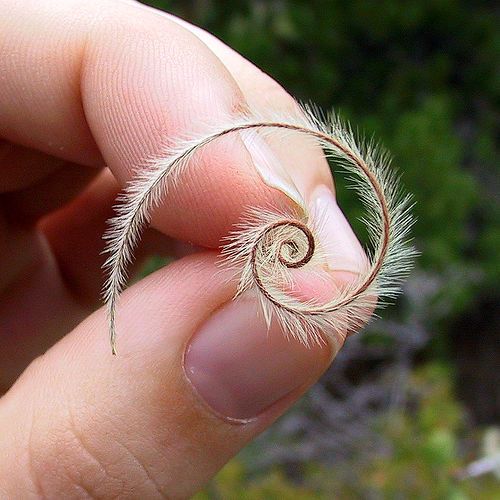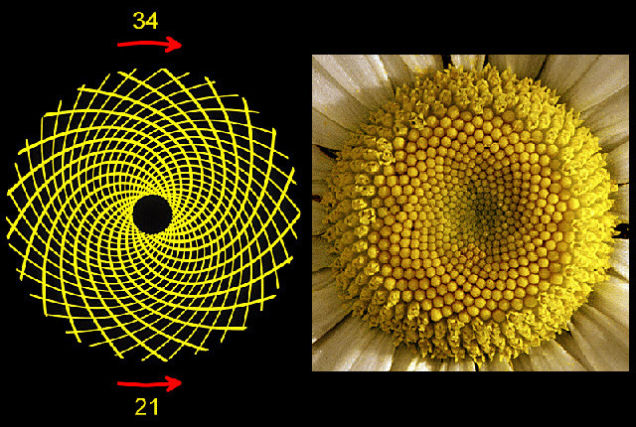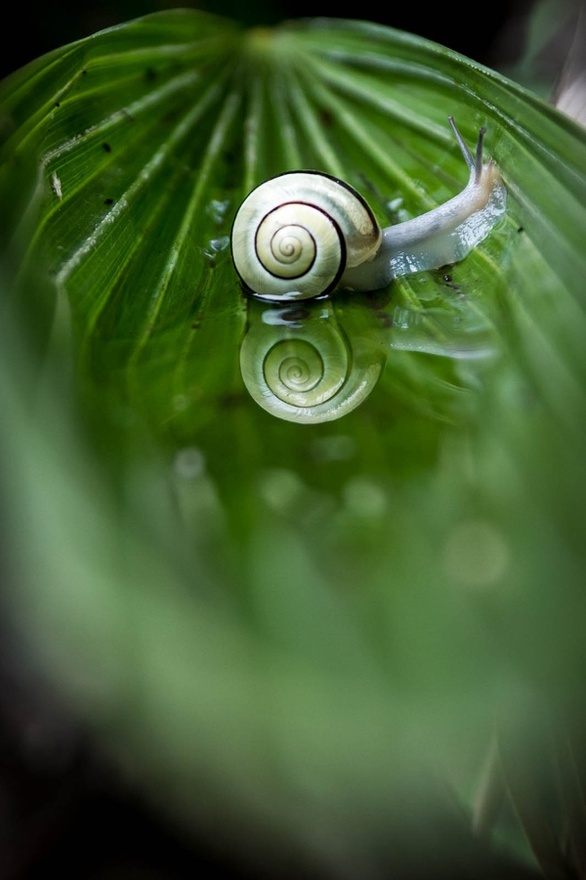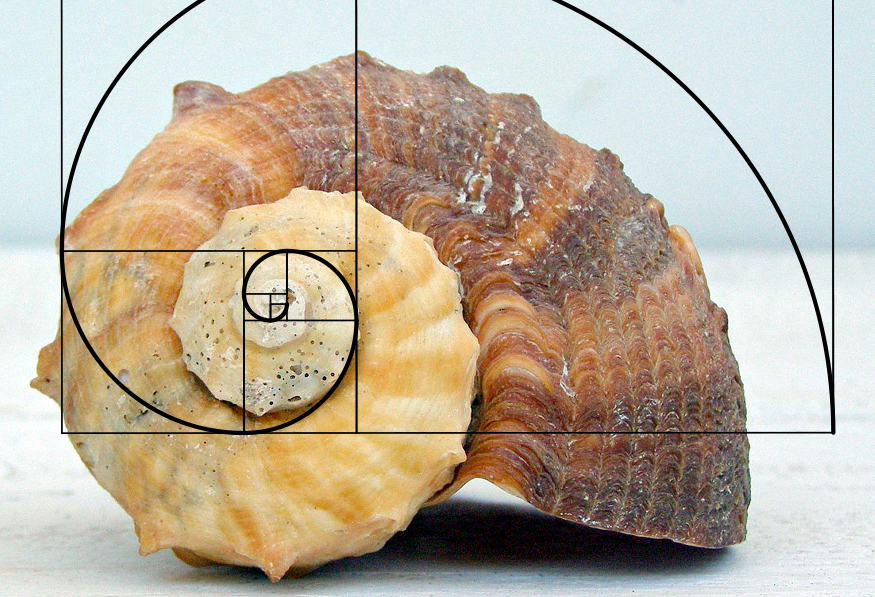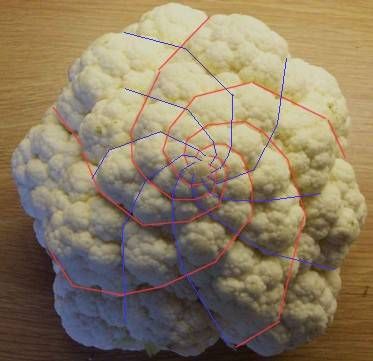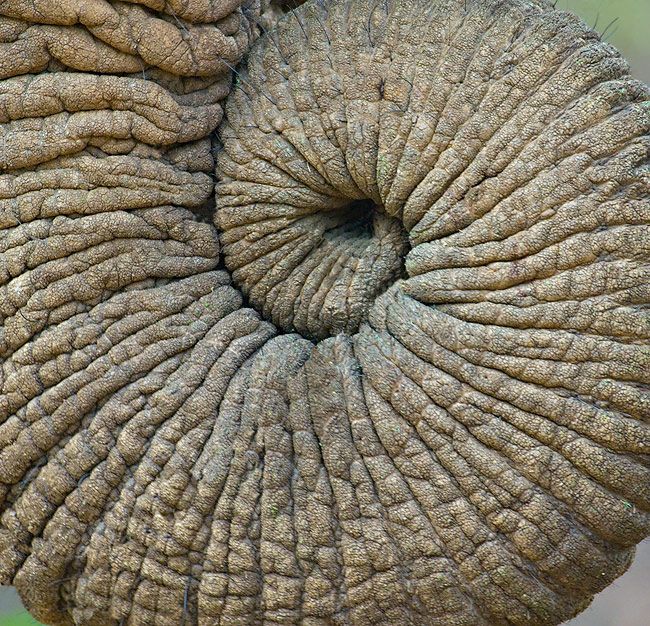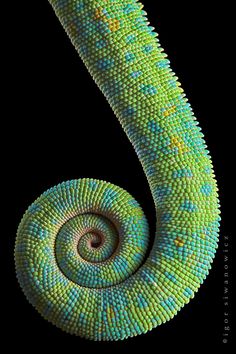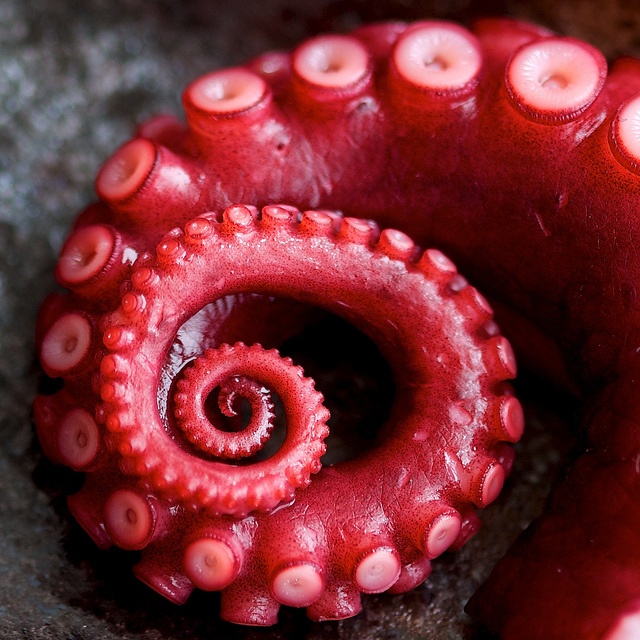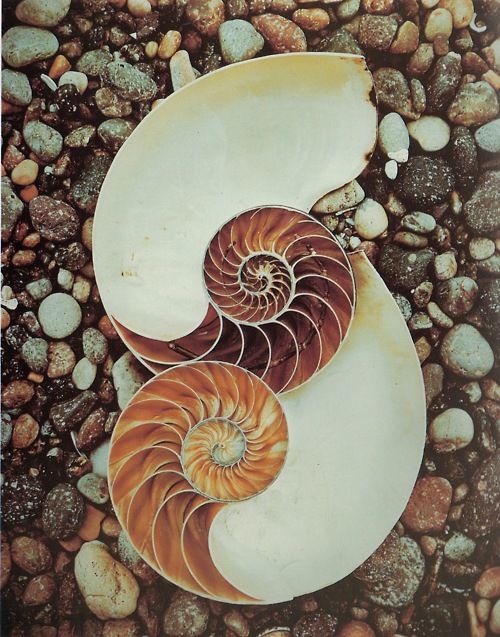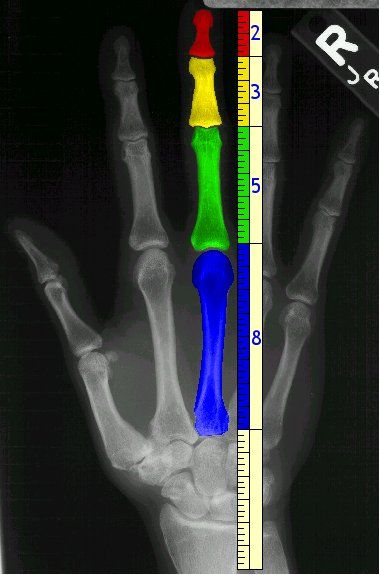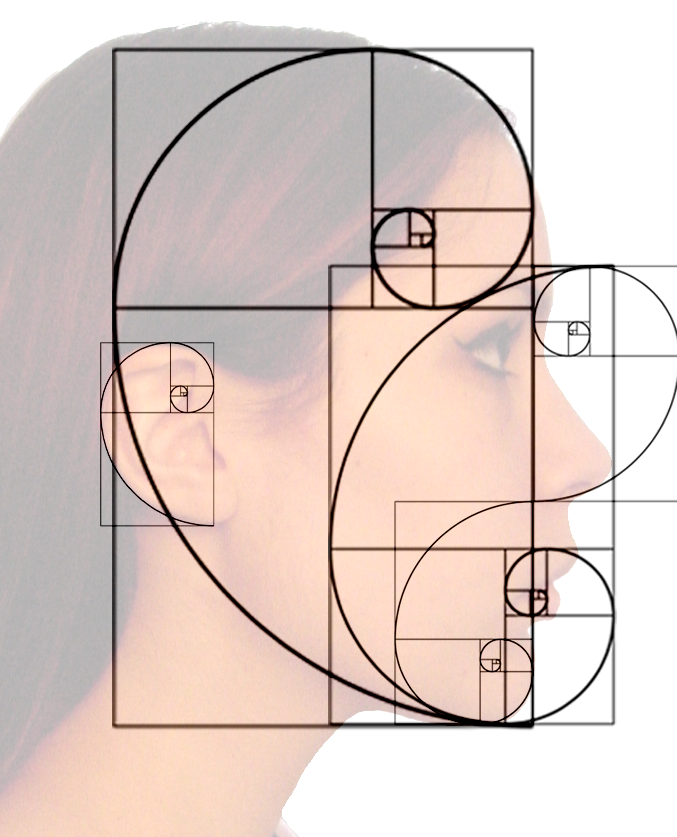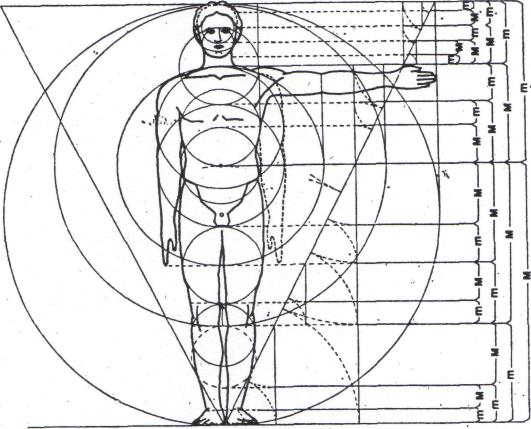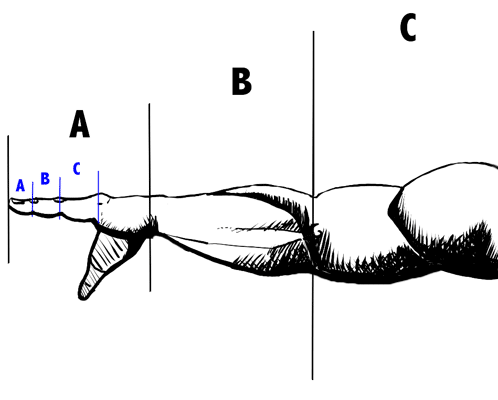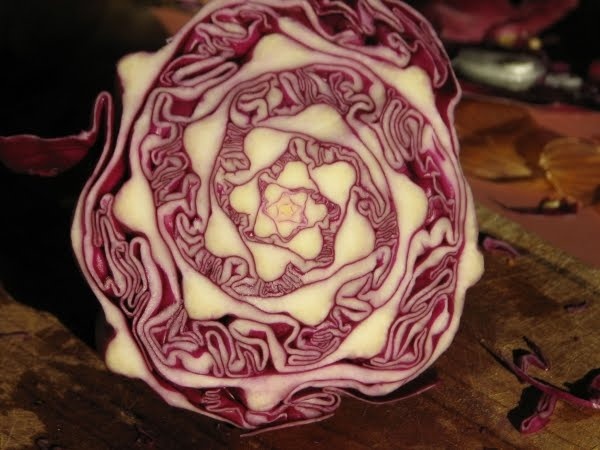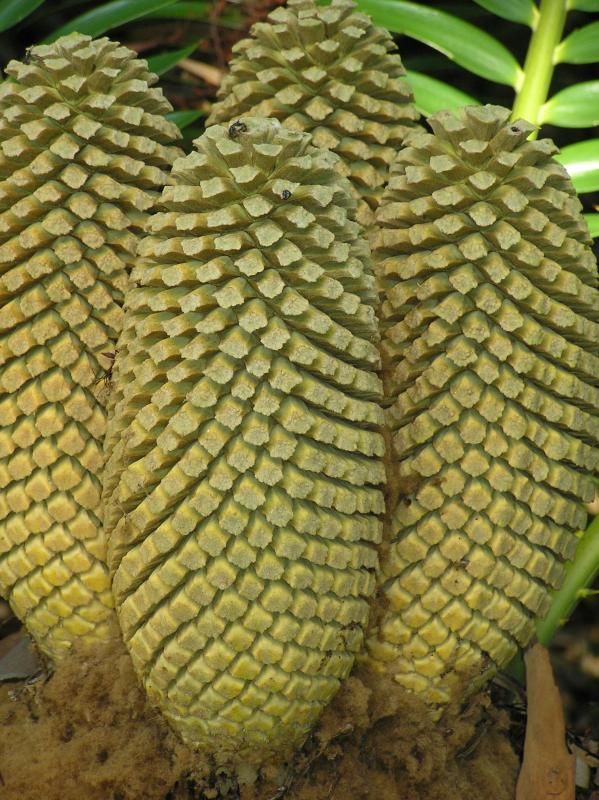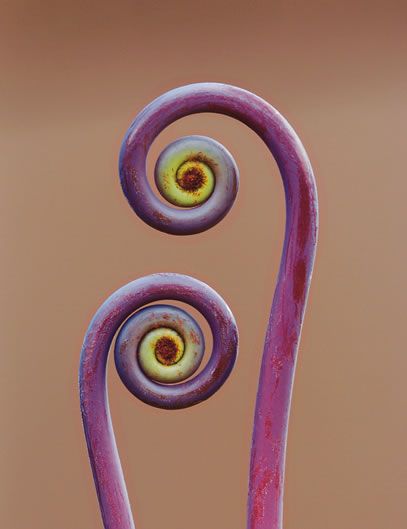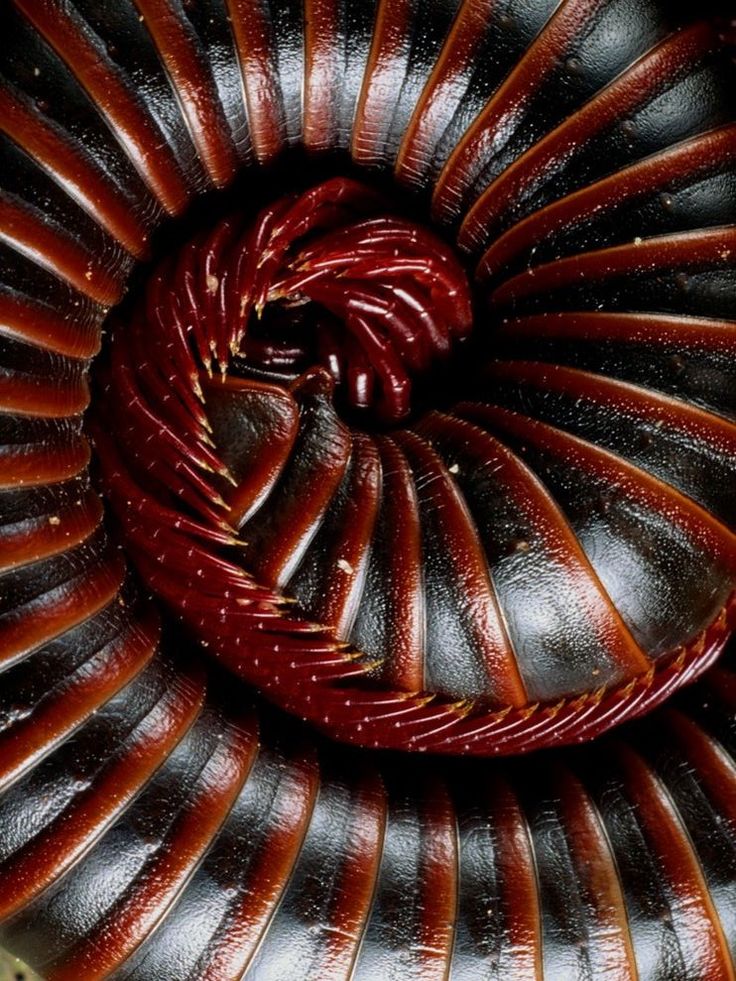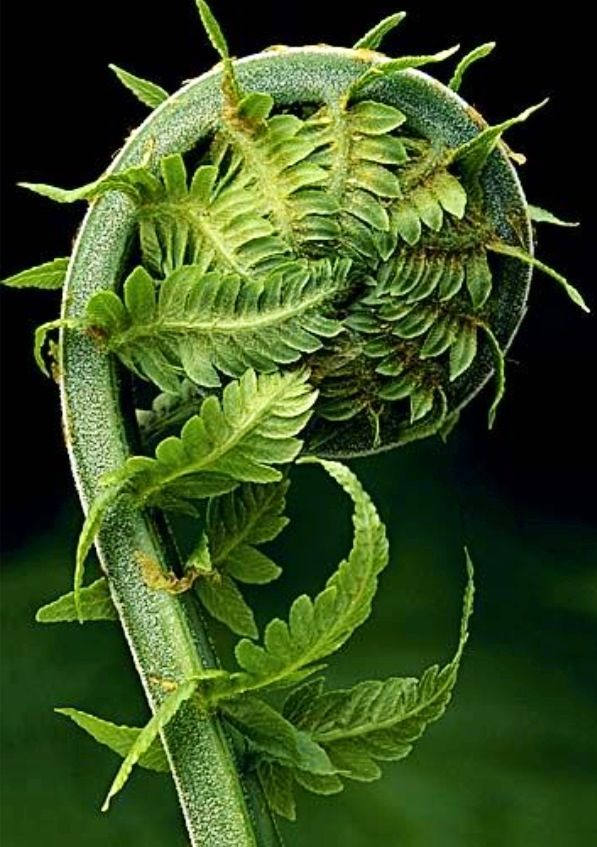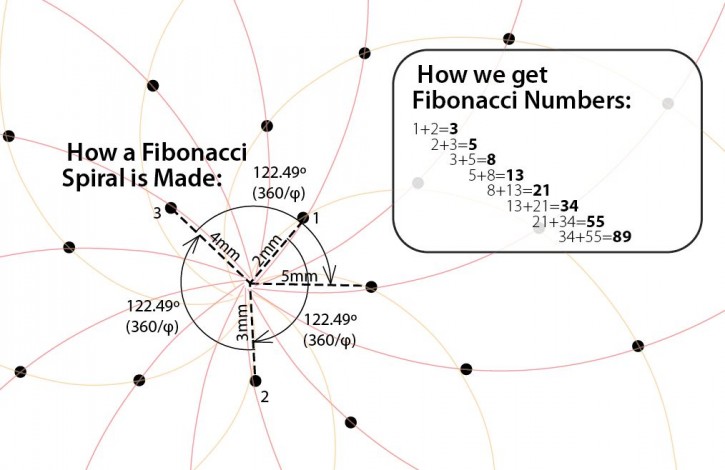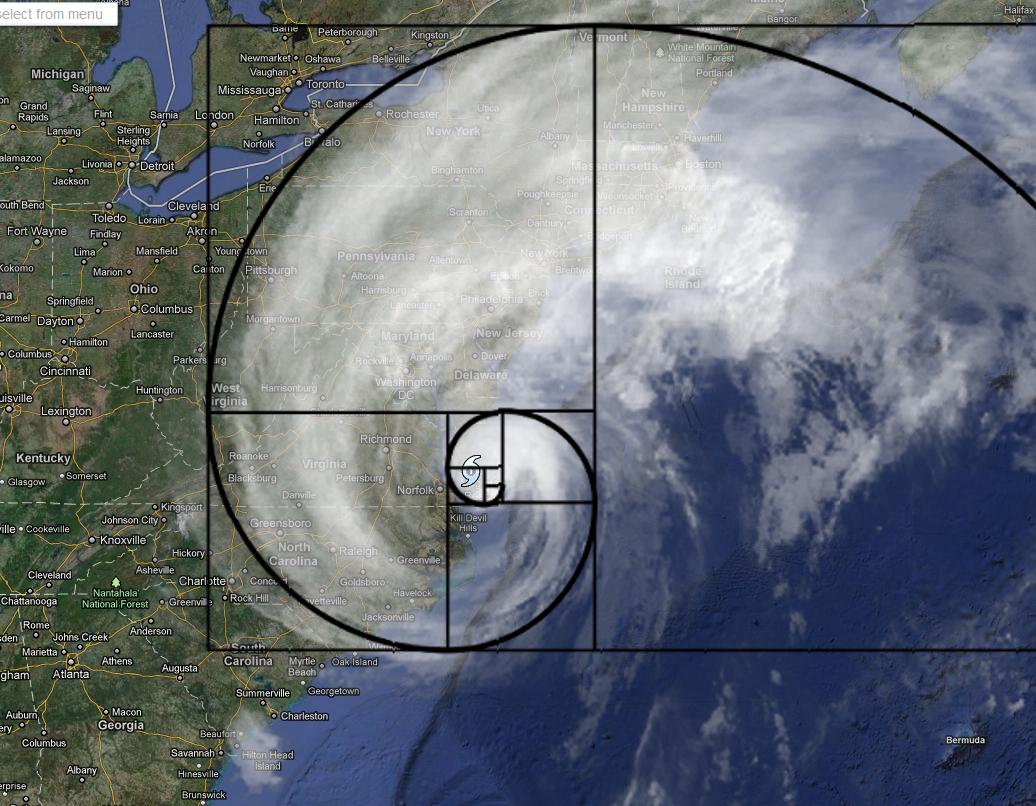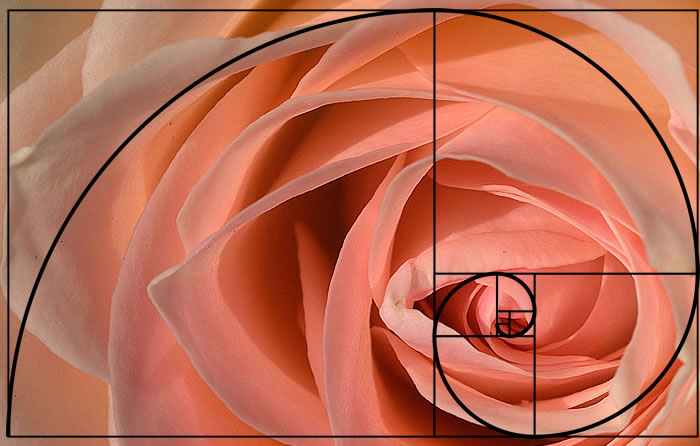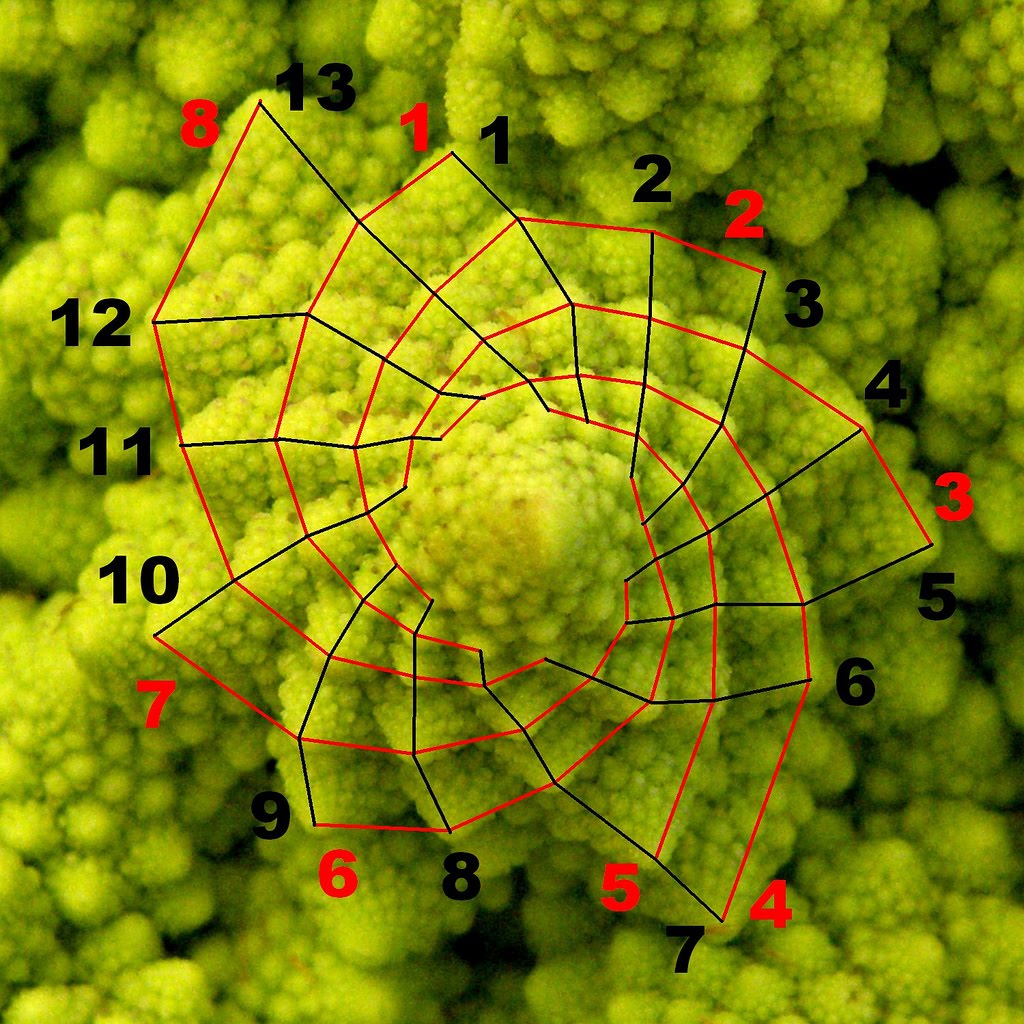Examples Of The Golden Ratio You Can Find In Nature
It is often said that math contains the answers to most of universe’s questions. Math manifests itself everywhere. One such example is the Golden Ratio. This famous Fibonacci sequence has fascinated mathematicians, scientist and artists for many hundreds of years. The Golden Ratio manifests itself in many places across the universe, including right here on Earth, it is part of Earth’s nature and it is part of us.
We’ve talked about the Fibonacci series and the Golden ratio before, but it’s worth a quick review. In mathematics, the Fibonacci sequence is the ordering of numbers in the following integer sequence: 0, 1, 1, 2, 3, 5, 8, 13, 21, 34, 55, 89, 144… and so on forever. Each number is the sum of the two numbers that precede it.
The Fibonacci sequence is seen all around us. Let’s explore how your body and various items, like seashells and flowers, demonstrate the sequence in the real world.
As you probably know by now, the Fibonacci sequence shows up in the most unexpected places. Here are some of them:
1. Flower petals
number of petals in a flower is often one of the following numbers: 3, 5, 8, 13, 21, 34 or 55. For example, the lily has three petals, buttercups have five of them, the chicory has 21 of them, the daisy has often 34 or 55 petals, etc.
2. Faces
Faces, both human and nonhuman, abound with examples of the Golden Ratio. The mouth and nose are each positioned at golden sections of the distance between the eyes and the bottom of the chin. Similar proportions can been seen from the side, and even the eye and ear itself.
3. Body parts
The Golden Section is manifested in the structure of the human body. The human body is based on Phi and the number 5.The number 5 appendages to the torso, in the arms, leg and head. 5 appendages on each of these, in the fingers and toes and 5 openings on the face.
Animal bodies exhibit similar tendencies.
4. Seed heads
Typically, seeds are produced at the center, and then migrate towards the outside to fill all the space. Sunflowers provide a great example of these spiraling patterns.
5. Fruits, Vegetables and Trees
Spiraling patterns can be found on pineapples and cauliflower. Fibonacci numbers are seen in the branching of trees or the number of leaves on a floral stem; numbers like 4 are not. 3’s and 5’s, however, are abundant in nature.
6. Shells
Snail shells and nautilus shells follow the logarithmic spiral, as does the cochlea of the inner ear. It can also be seen in the horns of certain goats, and the shape of certain spider’s webs.
7. Spiral Galaxies
Spiral galaxies are the most common galaxy shape. The Milky Way has several spiral arms, each of them a logarithmic spiral of about 12 degrees.
8. Hurricanes
It’s amazing how closely the powerful swirls of hurricane match the Fibonacci sequence.
9. DNA molecules
The DNA molecule measures 34 angstroms long by 21 angstroms wide for each full cycle of its double helix spiral. These numbers, 34 and 21, are numbers in the Fibonacci series, and their ratio 1.6190476 closely approximates Phi, 1.6180339.

